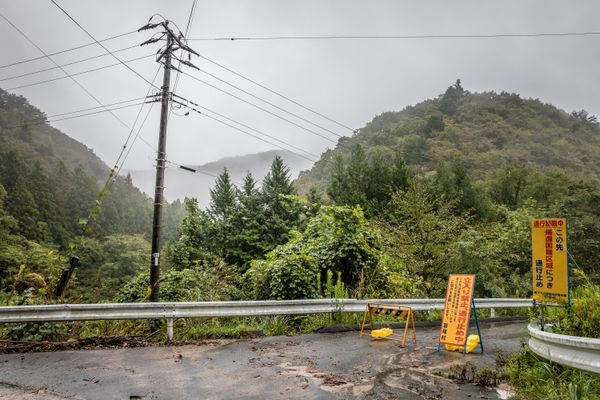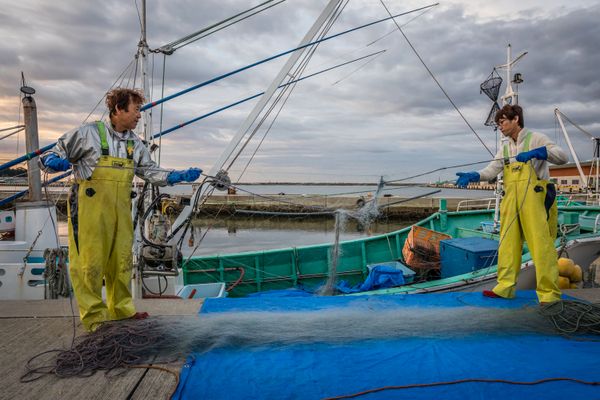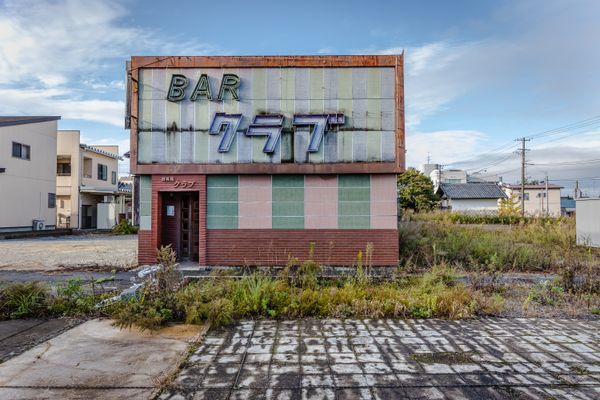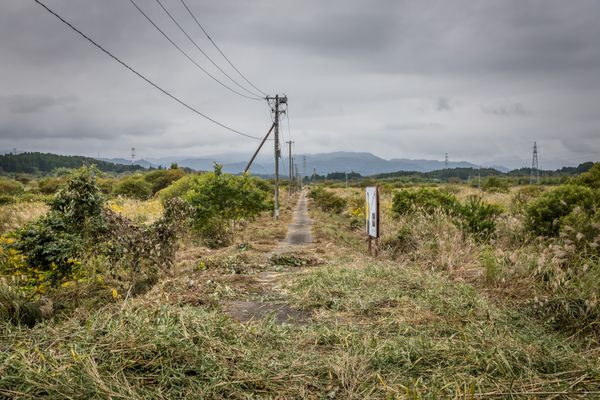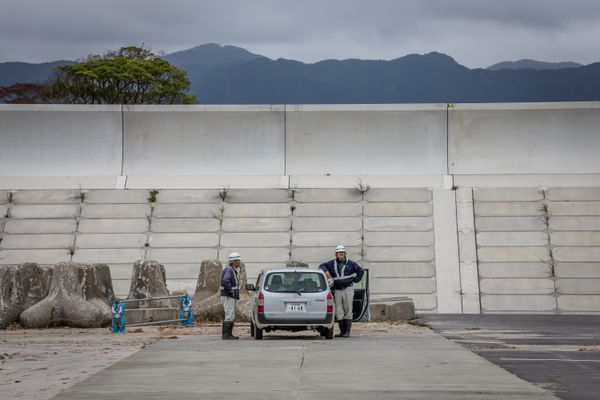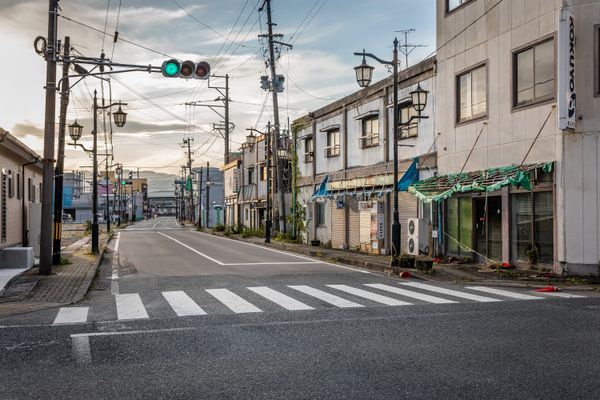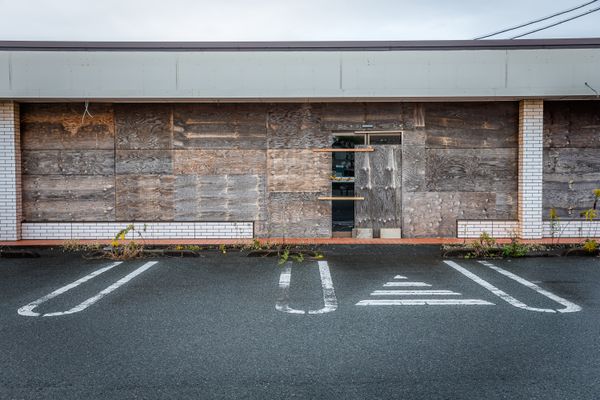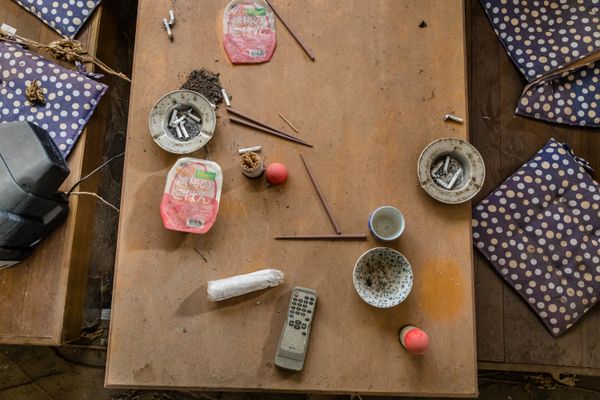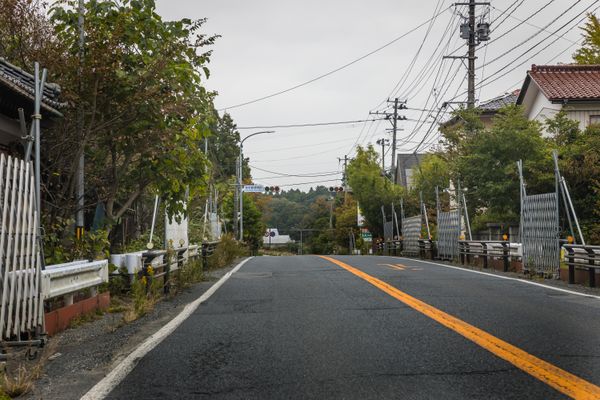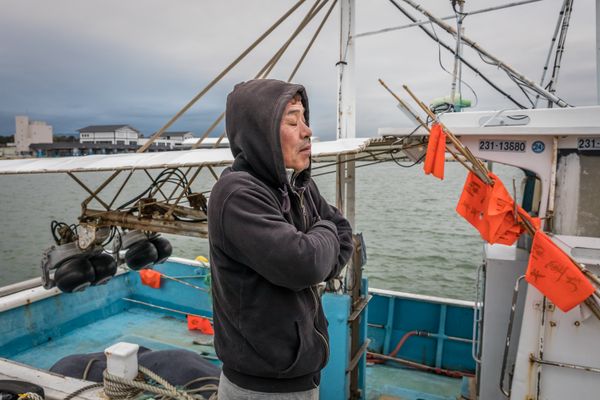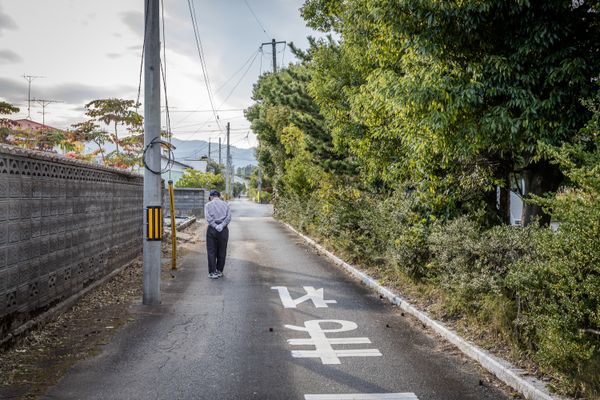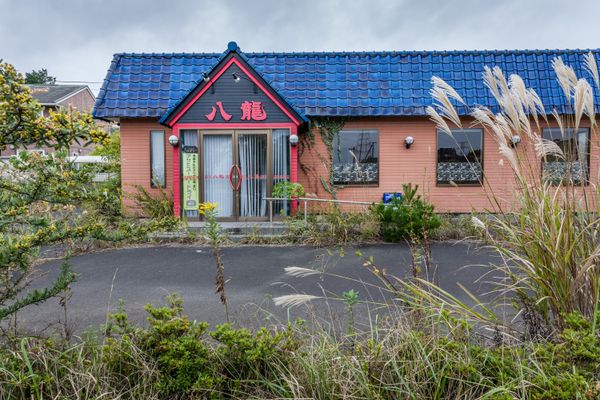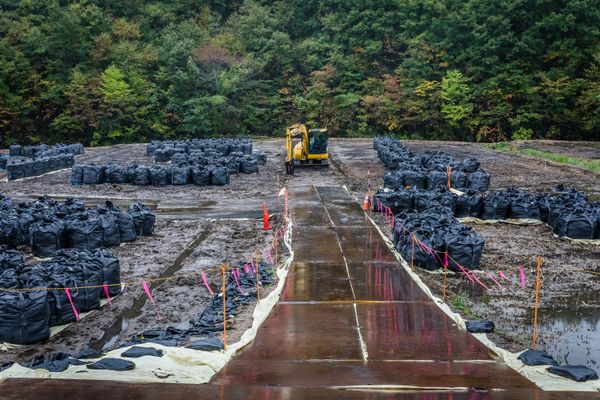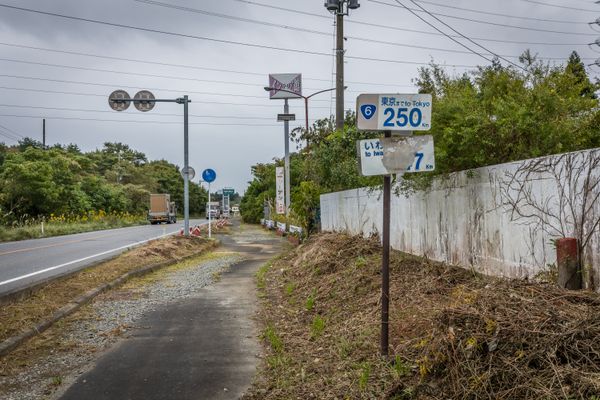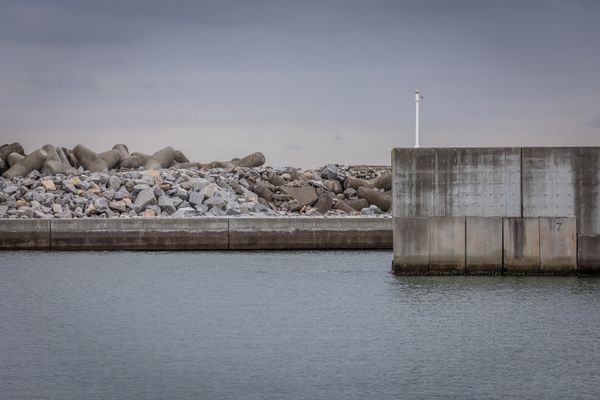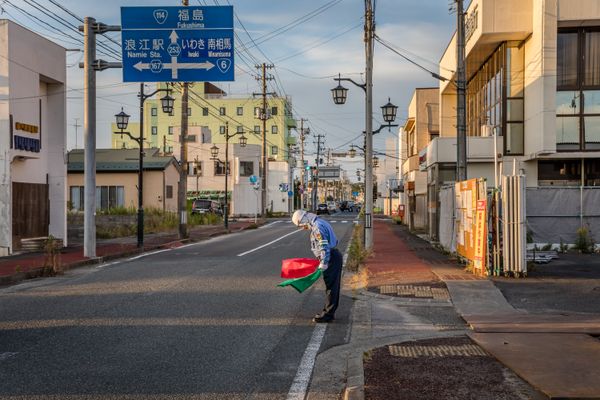Fukushima, Point of No Return
-
Dates2019 - Ongoing
-
Author
More than eight years after earthquake, tsunami and one of the most severe nuclear accidents in history, the Japanese prefecture of Fukushima is trying to get slowly back to normal life. Government officials claim that most areas are safe to return, that radiation levels are equivalent to major world cities and that fresh vegetables and fish are fine to eat. However, the main problem is to rebuild trust among the local population after accusations of so many cover-ups and denials about the exact magnitude of the disaster, during and in the aftermath of the nuclear meltdown and explosion. The earthquake and following tsunami in March 2011 killed 16,000 people and the subsequent nuclear reactor explosion sent radioactive dust over a wide area around the Daichi nuclear power plant, causing more than 160,000 people to abandon and evacuate their homes across 10% of the Fukushima prefecture. All agriculture, fishing and socioeconomic activity ceased in those territories and many towns and villages became ghost towns in no-go areas. Shortly after the disaster, a massive decontamination effort has started and is presently still under way. It is estimated that centuries will be needed to decommission and decontaminate the Daichi nuclear power plant site itself. Since the disaster, most evacuees have gone back to their homes, except for an area of about 3% of the prefecture which remains officially off limits in surrounding forests and towns nearest to the nuclear plant. Okuma and Namie towns of 11,500 and 21,000 pre-disaster inhabitants have been re-opened in 2018-19 for people to return. Only a fraction of the pre-disaster population returned, few hundreds in Okuma and less than 1,000 in Namie. Relentless works continue to remove and replace contaminated topsoil and radioactive waste from houses and buildings so that evacuees can return and rebuild their lives. Will they return after having left the area almost 10 years ago is very doubtful and, with almost no economic activity, it is impossible for the younger generation to find work.
